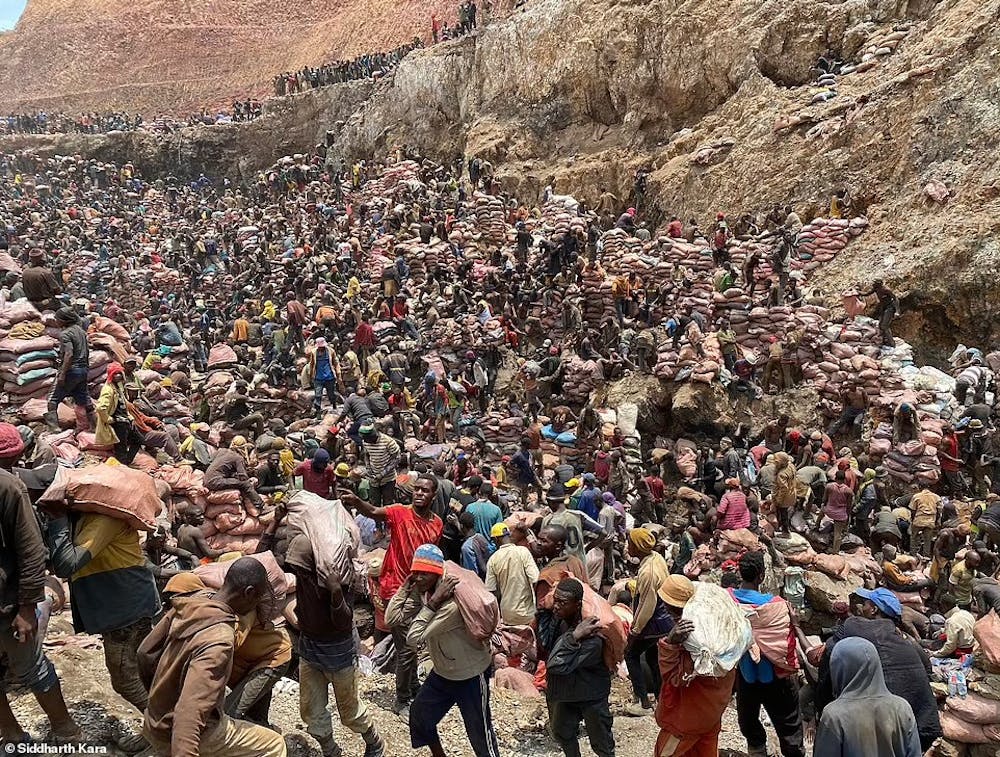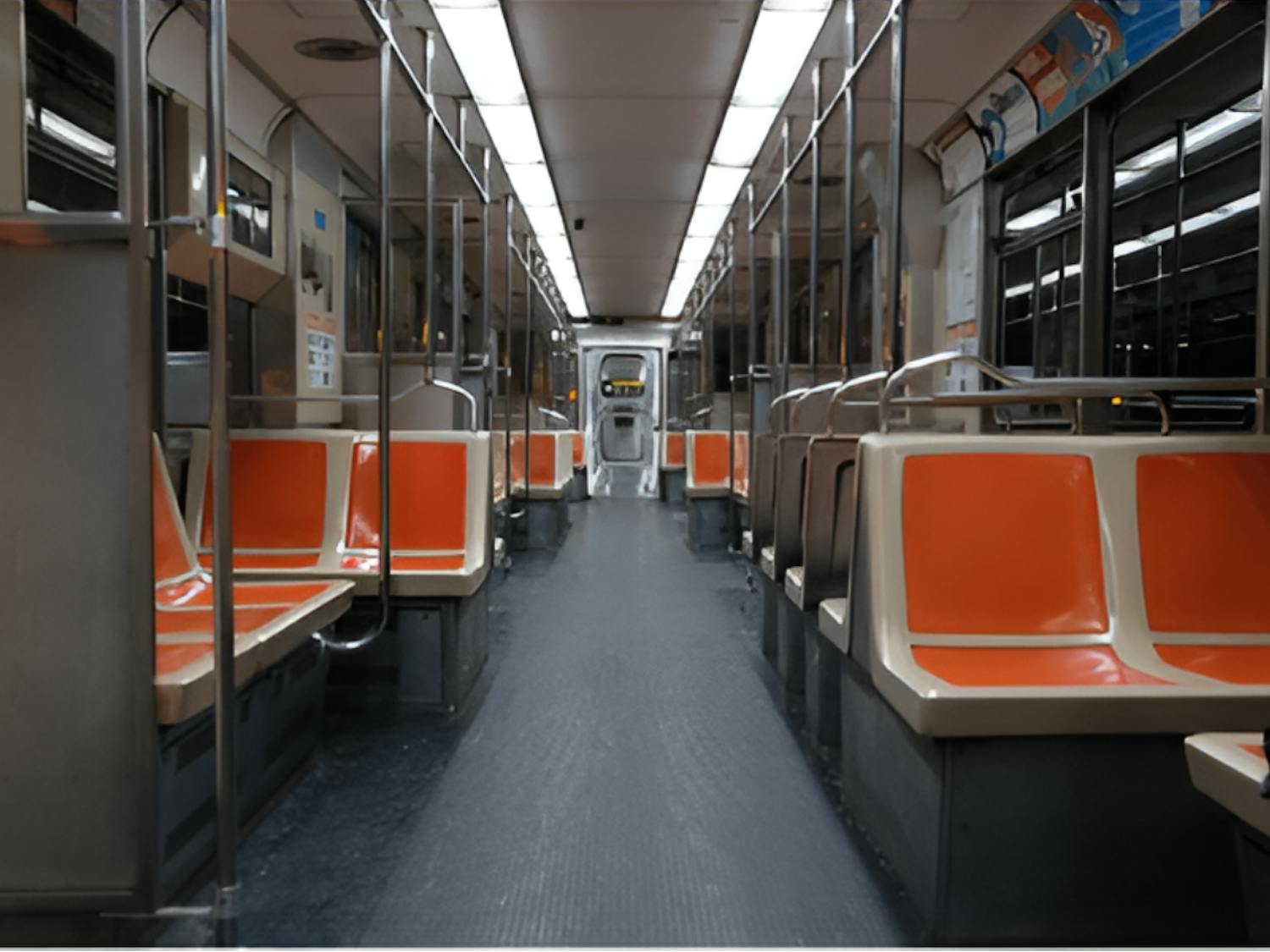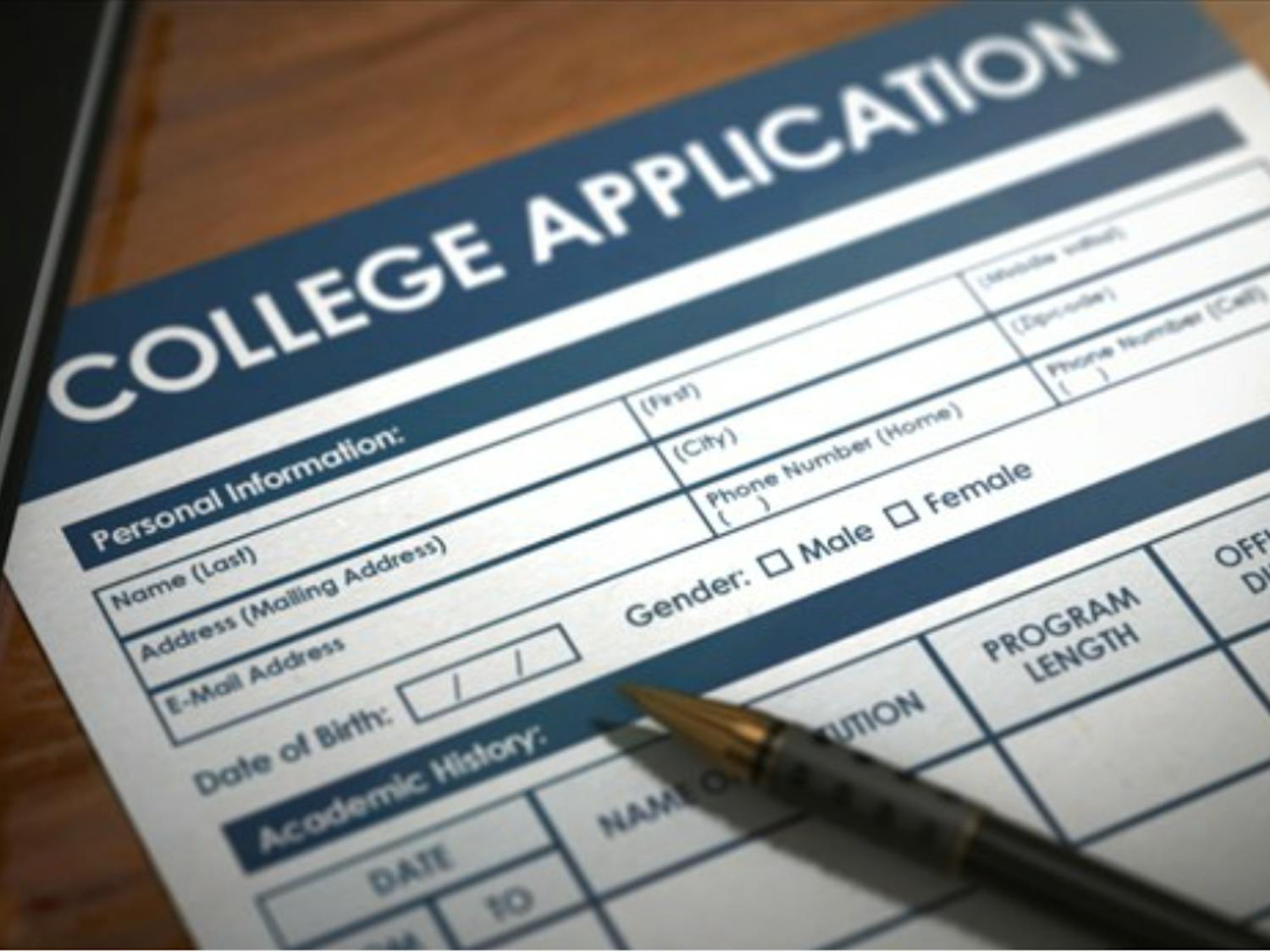Imagine waking up to the sunrise and traveling to a mining site every day. Imagine swinging a pickaxe, hauling shovels, and hacking with rebar to gather cobalt. Imagine breathing in the toxic dust from your work until you physically cannot function anymore. Now, imagine returning home with less than five dollars in your pocket. And you are only ten years old.
This is the reality of thousands of Congolese citizens.
Rich in minerals like gold, diamonds, copper, tin, and cobalt, the Democratic Republic of Congo (DRC), located in Central Africa, is estimated to have over $24 trillion worth of minerals on its soil. Despite the immense value of their land, the Congolese are some of the poorest people in the world, according to a study by the World Bank, as a result of imperialism and colonization by the Belgians during and after the Scramble For Africa in 1855.
The History of The Congo
The Scramble for Africa (1855-1914) was the invasion and colonization of Africa where most of Africa was seized and controlled by European forces.
The Congo, like many other African countries, is a victim of the prevailing legacy of this. In 1855, King Leopold II of Belgium forced 450 African ethnic groups into land spanning two million kilometers, land that is now home to 95 million Congolese citizens.
Intending to bring civilization and religion to an already civilized and religious state, Leopold and his forces pillaged the Congo for its valuable rubber and exploited, mutilated, and enslaved the indigenous Congolese for 23 years before it was annexed from the Belgian parliament in response to public pressure.
Even after the country escaped the grip of King Leopold, and gained independence in 1960, the Congo was still heavily exploited. More than 70% of the population, 67 million people, live below the poverty line.
After the assassination of Patrice Lumumba, a former prime minister, came Mobutu Sese Seko, a deeply corrupt leader who stole an estimated billions of dollars in aid the DRC received. Eventually, Mobutu was overthrown during the First Congo War (1996-1997) but exploitation and corruption continued, most horrifically in the form of cobalt mining.
Why Cobalt?
Cobalt is an important mineral used for making things like batteries for phones, computers, tablets, and electric cars. Statistically, around two-thirds of the world’s cobalt comes from the DRC, and though Apple, Google, and other tech manufacturers have been named in child labor lawsuits, modern-day slavery with the goal of mining large amounts of cobalt is common in the Congo.
As said by DelveDatabase, there could be up to two million artisanal miners in the Congo who scavenge for fragments of the valuable mineral in mining pits. These miners are constantly at risk of sudden death given the frequent safety hazards given both extremely poor environmental conditions and the toxicity of cobalt, which can be linked to skin conditions, respiratory diseases, and cancers.
Enjoy what you're reading?
Signup for our newsletter
The Child Exploitation Crisis
Child exploitation has been especially prevalent for generations. As described in multiple first-hand accounts of mining pits, specifically in Siddharth Kara’s Cobalt Red: How the Blood of the Congo Powers Our Lives, children are not spared from this.
Many have become orphaned because of the dangers of mining and are forced to turn to other methods to protect themselves, such as prostitution.
Children are often seen bundled across their mothers’ backs as they work, and even partake in the hard labor themselves to help support their families.
Aside from bearing the toll that the labor takes on their bodies, in research by Free the Slaves, an organization with efforts to bring awareness to modern-day slavery worldwide, 67% of the 203 children interviewed in the Congo were victims of “the worst forms of child labor,” which often consists of both physical and psychological sexual abuse.
What Can You Do?
While the major tech companies that receive resources from this exploitation are starting to remove themselves from their faults, there is still work to be done. Some ways everyday citizens can help aid the Congo and the victims of mining slavery are simply talking about it. When we support labor unions, include the struggles of enslaved miners in the Congo, who strive toward equality.
While you have conversations about women’s rights, give a voice to the women of the Congo, who suffer from some of the highest rates of sexual violence in the world.
When you fight for climate justice, fight against the continuous erasure of nature because of the constantly increasing number of mining sites in the Congo. If you claim to be pro-life, include the lives of Congolese children, whose lives are on the line daily, in your sympathy.
If you can, you can also donate to places like the U.N. Crisis Relief, Save the Children, and Friends of Congo.




